[銀造]
2018年2月26日14:00
這裡是“靈岸島檢潮所·量水標跡”,水位觀測所的框架上,成了傍晚可以休息羽毛的“百合海鷗”。 後面可以看到中央大橋雄壯的頭盔的橋。 是冬天的風景線。
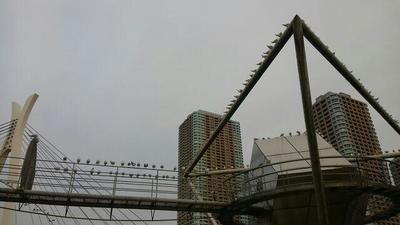
“百合海鷗”也被稱為都鳥,被指定為東京都的鳥。
在原業平吟誦道,“作為名負,言問都鳥我認為的人是不存在的”。
[薩姆]
2018年2月26日12:00
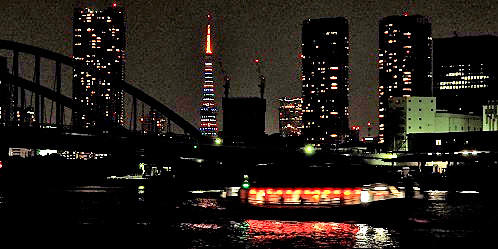
 第12屆東京馬拉松將於明天舉行的2月24日晚,作為路線地標之一的東京塔上點亮了大會舉辦紀念特別燈光。
第12屆東京馬拉松將於明天舉行的2月24日晚,作為路線地標之一的東京塔上點亮了大會舉辦紀念特別燈光。
(17:30~23:00)
跑壘員和支持者、支持者合為一體,美麗地交織在一起,表現了“東京合為一體的日子”的大會標誌,交替配置黃色、紅色、藍色、綠色的logo顏色的鑽石面紗,從勝時的隅田川陽臺可以越過築地大橋眺望。
從去年開始,變更為在市中心行駛的平坦路線,對好記錄的期待也提高了。
比賽將於9:10從東京都廳前開始。
明天見
2018年2月22日12:00
2月23日是“包袱皮之日”
包袱皮名字的由來是江戶時代的浴室的更衣室
是包著換衣服,鋪在地板上修補的布。
因此,正如字面意思那樣,作為鋪在包袱皮上的布叫做“包袱皮”
被叫了。
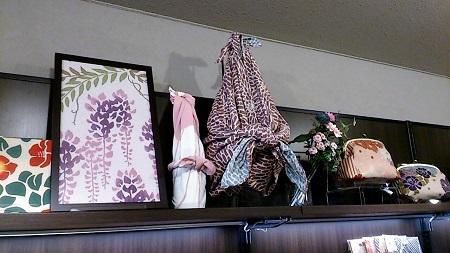
“包裹、搬運行李的工具”現在是現代色彩鮮豔的
花紋也增加了,無論什麼形狀都能平息,充滿了智慧和審美意識。
作為萬能專案,其魅力正在重新審視。
作為包袱皮的作用結束後,也要加工成抹布
再利用的變幻自如,重視物品,
然後讓心靈變得豐富了。
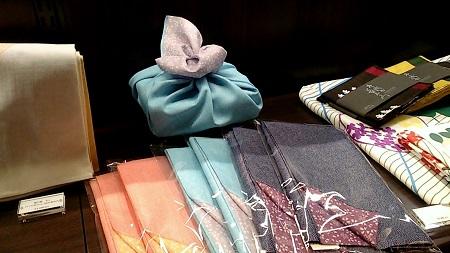
摺疊好,不笨,作為特產也是珍寶
做。把它引入生活中怎麼樣?
◆築地本願寺
資訊中心內的官方商店
東京都中央區築地3-15-1
[薩姆]
2018年2月21日16:00
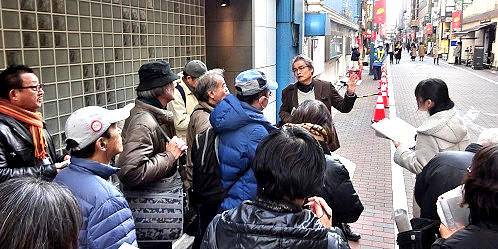
 由中央區鄉土天文館主辦的“春天的文化財產巡禮”,在區內外的歷史遺產等文化財產上乘坐巴士和徒步巡遊。
由中央區鄉土天文館主辦的“春天的文化財產巡禮”,在區內外的歷史遺產等文化財產上乘坐巴士和徒步巡遊。
這次,2月17日,壬生篤先生擔任講師,以“永井荷風走過的城鎮~探訪現在和以前~”為題舉辦了此次活動。
當天的行程是
①築地散步(築地3-11附近~築地2-7附近~宮川本逍遙)
②市川文學博物館(參觀“永井荷風展~凝視荷風的女性們~”)
③淺草散步(尾張屋~舊六區演出街~東武淺草站)
④東向島(舊玉之井)散步(小說《墨東綺譚》舞台)
⑤人形町(從車上開始)
⑥銀座散步(霍利伍德遺跡~萬茶亭遺跡~魯邦~沙龍春跡~黃瓜的遺跡)
這次內容也很豐富,追尋區內外文豪的足跡,緬懷昭和的面貌,是一個充實的一天。
[Zymini☆板球]
2018年2月21日12:00
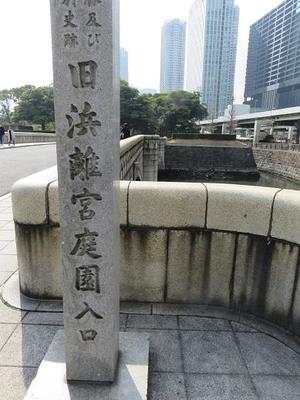
這裡是無論什麼時候來,花都能讓我們開心,還能遇到其他樂趣的地方。
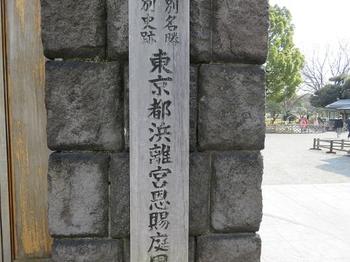
這個季節,首先是梅花和油菜花的最佳觀賞期
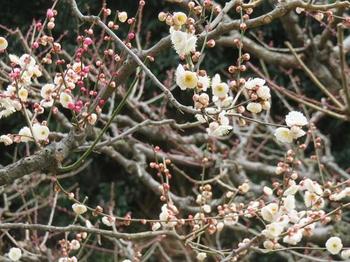
花田附近的白梅
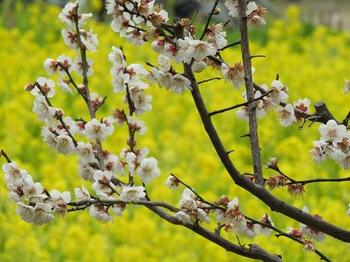
花田盛開的油菜花

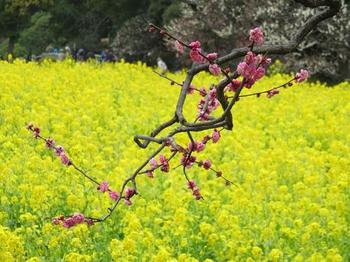
當天有很多攝影師 。
。
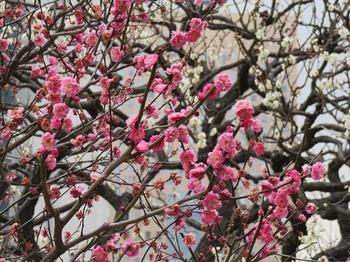
花木園附近的紅梅
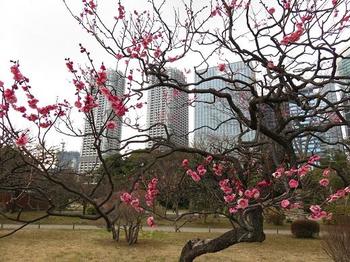
在花園附近可愛綻放的水仙
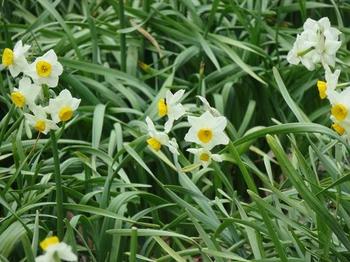
馬醉木也開著。
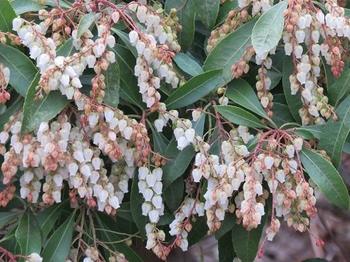
馬醉木寫作馬醉木,據說是因為“馬”吃了這片葉子後,像“醉”一樣搖搖晃晃的“木”而得名的
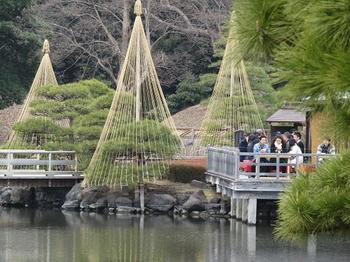
這個季節,可以看到只有冬天 的庭園才有的“雪吊”、“菰卷”、“防霜”等。
的庭園才有的“雪吊”、“菰卷”、“防霜”等。

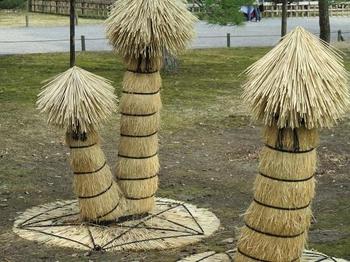
為了保護植物免受害蟲和冬天的寒冷,將其變成美麗季節的風景,這也是日本人特有的智慧和審美意識吧
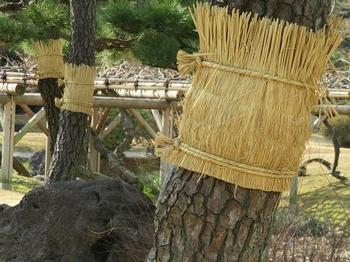
現在,“鷹之御茶屋”正在復原工程中
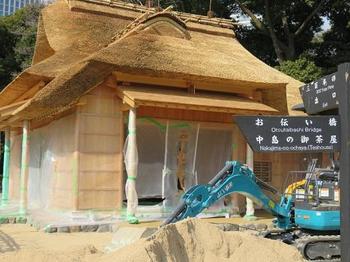
當天北風 很冷,但是來園的人很多。
很冷,但是來園的人很多。
這個季節也是看點滿載的浜離宮恩賜庭園

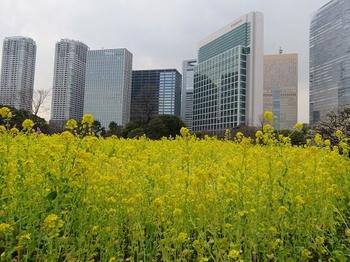
浜離宮恩賜庭園的開園時間是上午9點到下午5點。
入園時間到下午4點30分,請注意






[GPP]
2018年2月18日16:00
 搖擺不定的千鳥。這是反射在池塘水面上的太陽光產生的搖曳投影。(不是手抖動的照片!)
搖擺不定的千鳥。這是反射在池塘水面上的太陽光產生的搖曳投影。(不是手抖動的照片!)
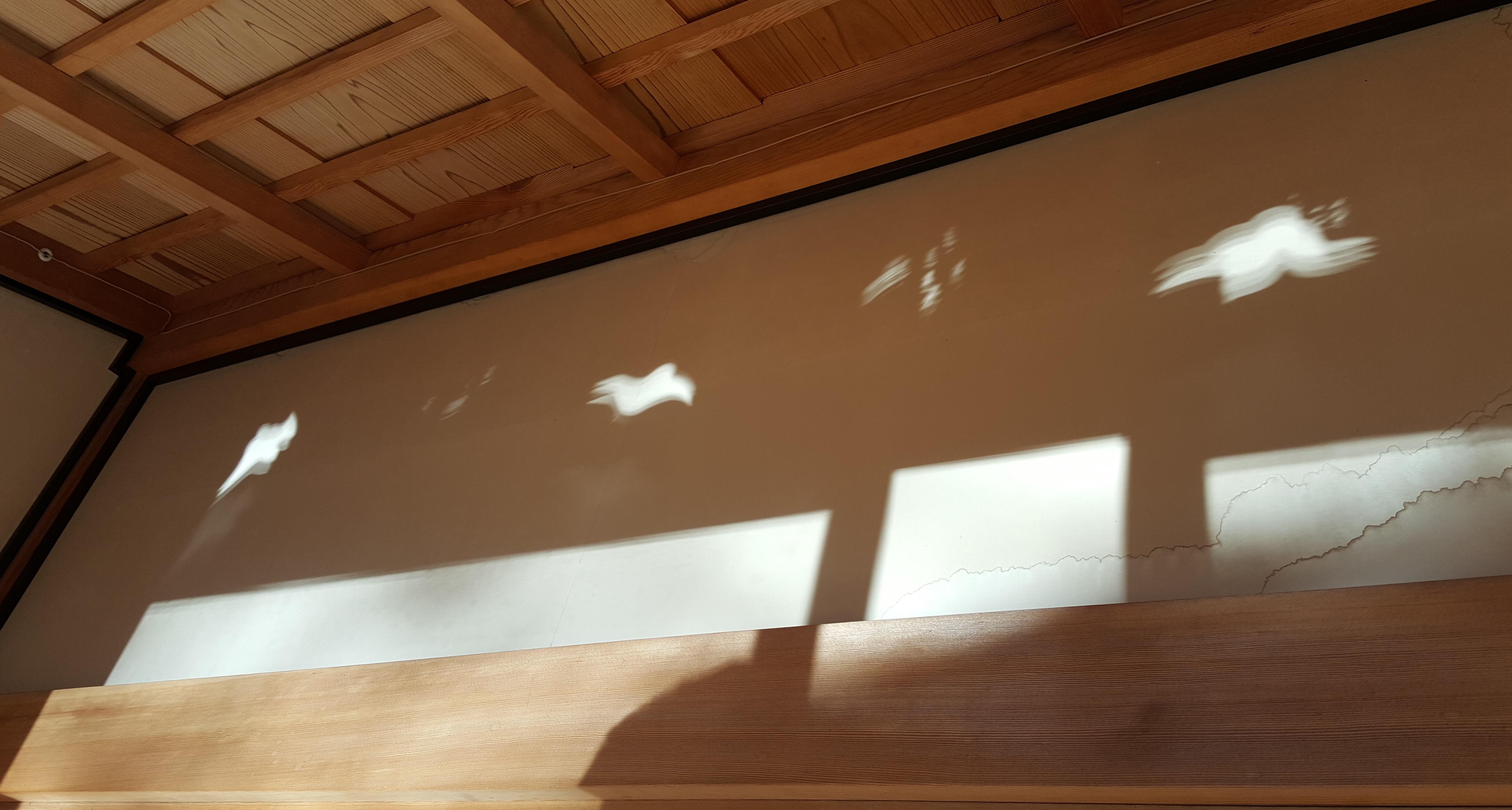
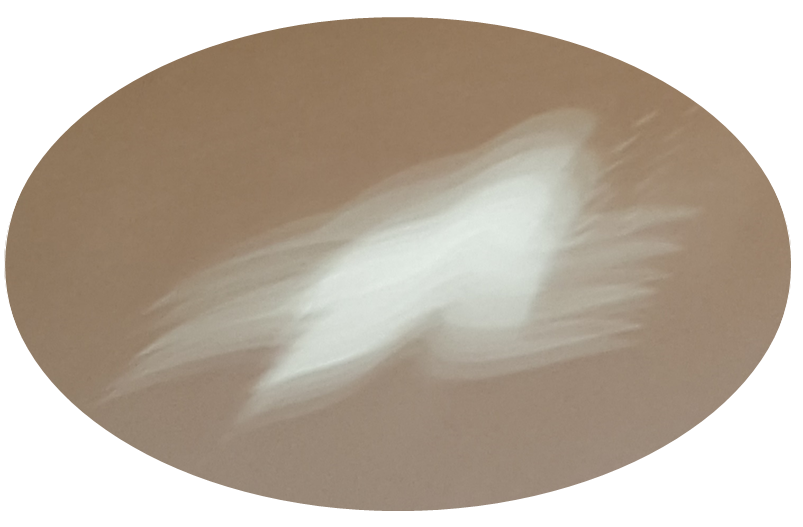
 據說只有冬天晴朗的下午去鬆御茶屋的人才能看到。
據說只有冬天晴朗的下午去鬆御茶屋的人才能看到。
 鬆的御茶屋特別公開是星期四/下午1點~下午3點(惡劣天氣時中止)。
鬆的御茶屋特別公開是星期四/下午1點~下午3點(惡劣天氣時中止)。
 鬆御茶屋於2010年被恢復。是面向潮入池塘的茶館,是濱離宮的看點之一
鬆御茶屋於2010年被恢復。是面向潮入池塘的茶館,是濱離宮的看點之一
 在鳥羽伏見之戰(1867年)期間,德川慶喜從大阪城乘船運到江戶。據說暫時休息的是鬆的御茶屋。
在鳥羽伏見之戰(1867年)期間,德川慶喜從大阪城乘船運到江戶。據說暫時休息的是鬆的御茶屋。
 外觀(鬆之御茶屋)
外觀(鬆之御茶屋)

 潮入池(從鬆之御茶屋來臨)
潮入池(從鬆之御茶屋來臨)

 如果是在冬季到來的話,欄杆板的水印是不容錯過的。
如果是在冬季到來的話,欄杆板的水印是不容錯過的。
 欄杆板千鳥的水印(照片上部)
欄杆板千鳥的水印(照片上部)

 板間上部(照片右:欄杆板水印照片左:粘貼牆)
板間上部(照片右:欄杆板水印照片左:粘貼牆)

 在潮入池塘水面上反射的太陽光,通過欄杆板的水印,將千鳥的花紋映在牆壁上。
在潮入池塘水面上反射的太陽光,通過欄杆板的水印,將千鳥的花紋映在牆壁上。
 千鳥(欄間板)
千鳥(欄間板)

 欄杆板的投影(粘貼牆)
欄杆板的投影(粘貼牆)

 由於風的影響水面搖曳,通過千鳥型的欄杆板的光也搖搖晃晃...看起來搖擺不定。清楚地知道是肉眼
由於風的影響水面搖曳,通過千鳥型的欄杆板的光也搖搖晃晃...看起來搖擺不定。清楚地知道是肉眼 。
。
 因為鬆的御茶屋是茶館,所以和進行茶道的茶室用途不同。
因為鬆的御茶屋是茶館,所以和進行茶道的茶室用途不同。
 在回遊式庭園散步休息疲憊的身體,眺望潮入的池塘,吃飯,...和。據說是將軍邀請的重要客人可以放鬆的特別場所。
在回遊式庭園散步休息疲憊的身體,眺望潮入的池塘,吃飯,...和。據說是將軍邀請的重要客人可以放鬆的特別場所。
 在數寄屋風書院造的鬆的御茶屋內部,有很多值得一看的東西。
在數寄屋風書院造的鬆的御茶屋內部,有很多值得一看的東西。
 不同的架子、圓窗、安裝書院、松球和屋久杉的天花板等。
不同的架子、圓窗、安裝書院、松球和屋久杉的天花板等。
 不同的架子
不同的架子

 圓窗
圓窗

 付書院
付書院

 釘子隱
釘子隱

 粘貼牆
粘貼牆

 屋久杉的天花板
屋久杉的天花板
